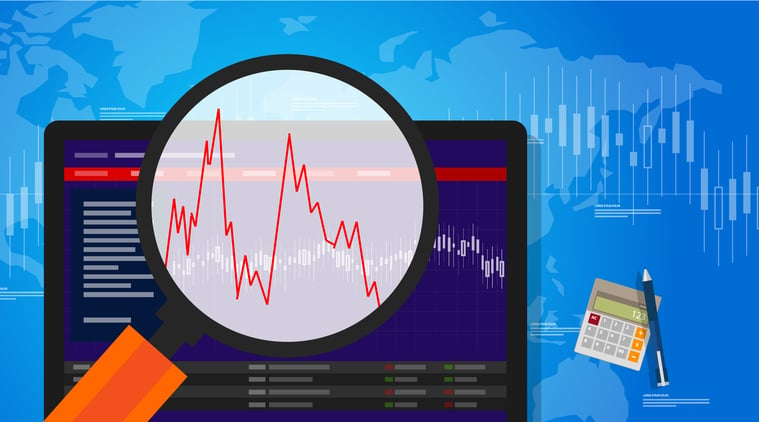
With nearly half the volume on the stock exchanges in India coming from algorithmic trading, there is a lot of interest in this field of online trading. Most are fascinated as well as intimidated by the way computers trade. However, there are some, especially among the younger generation who would like to unravel the mystery behind algorithmic trading or quantitative trading or high-frequency trading.
Get started with quantitative online trading
Many are keen to learn about these topics and to know the extent to which they can compete with the best. Some would like to incorporate their current trading strategies into quantitative ones.
Before we move any further, let’s first understand the difference between algorithmic, quantitative, automated and high-frequency trading.
Algorithmic trading – This form of online trading, also known as algo trading, is a series of instructions which are written in a computer language to convert a trading strategy into a series of instructions which the computer carries out. This trading strategy can then be back tested on any market or any number of stock to check its performance before it is implemented. This type of trading can be executed either manually or automated.
Click Here To Start Algo Trading
Also Read: Fibonacci Numbers: How important are these for Trading?
Quantitative trading – Also known as quants, such form of trading uses very high level of mathematics and statistical models which are then converted into computer languages for executing trades.
Automated trading – Here all the process of online trading like order generation, submission, slicing of orders and executing it are automatically submitted to the exchange.
High frequency trading (HFT) – All type of online trading in India done with the help of a computer program are classified as low, medium and high-frequency trading. The holding period of the trade and the number of times it is executed during the day determines its nomenclature. In the case of HFT trades are planned for less than a second and the strategy trades millions of times in a day.
Now that we are clear on what each type of online share trading is, let us look at the topic at hand, which is how a stock market beginner gets started with quantitative trading and what are the skill sets needed to achieve it.
Quantitative trading is basically an investment strategy that uses mathematical algorithms combined with computation skills. Thus a person who is keen on taking up quantitative trading needs to have a good mathematical background and understanding of the subject. Further, he should possess strong computational and programming skill which can help transform the touch mathematical calculations into simple instructions for the computers to understand.
Thankfully when it comes to programming, there are packages available in the market which helps a person to write programs for their strategies and simplify the requirement to learn complex programming languages. For starters knowledge of packages like MATLAB, Python and R is essential to start off with low-frequency quantitative trading. As the frequency increases the computation skills needed increases. One needs to be familiar with C and C++ to enter into the HFT zone.
Strategy selection: Equipped with the knowledge the next step is to identify a strategy which a trader feels can be used to trade. Selection of a strategy would not only mean identifying the edge that it offers in the market but also knowing the frequency at which it can be traded.
Simple strategies like a moving average crossover can also be taken but these involve a very low-frequency trade. For a beginner, this type of strategy will be good enough to start where the frequencies are low and trades are few. Corrective action can be taken in the lower frequency trades.
Back testing: The next part for a quant trader is to back test his strategy. A point worth mentioning here is that quant traders can use both fundamental and technical analysis for their trades. Though fundamental approach would result in a lower number of trades, their probability of being profitable is higher.
Back testing the strategy has to be done without any bias. The more data that is tested the better it is for the confidence of the trader. Every corrective step taken on the strategy needs to re-tested as strictly as possible.
Also Read: Trading Psychology and Rules
Executing the trade: A strategy can be put into use, if after analysis it is found that it offers a good risk reward ratio. Computational skill will come in use here, where the trader clearly defines the strategy in a manner which is easier to understand and is fast in execution. Everything from trade identification to execution, order sizing, time limits, profit taking and loss taking points need to be fed to the computer so that it trades automatically without any hitch.
Money and Risk Management: As in the case of human trades, a quantitative trader also requires to incorporate money and risk management system into his strategy. Apart from strategy selection, this is the only function where the online share trading skills of the trader are put in use. Most quant traders struggle to get this portion of the trade right. However, thankfully ones it has been incorporated the trader need not have to go through the emotional upheaval as the computer keeps on executing the trade without any emotional attachment to the strategy.
A point worth mentioning here is for the retail traders who want to venture into quantitative trading that they would need to execute the strategy with a low brokerage trading account with best stock broker. Quant traders generally have a broking membership as the number of trades and miniscule profits make it imperative that their costs are low. However, as a retail trader cannot afford a broking membership he can start off with a low cost stock broker. Further, that stock broker should have a platform which can be plugged to the trader’s quant program
While many individuals would like to get into quantitative trading, a point worth noting is that a professional quant trader is an all-rounder with strong mathematical and computation skill. Many have a very strong educational background, with a lot of traders having a Ph.D. behind their name. It has taken them a lot of time to reach the levels where they are.
Nonetheless, the quantitative trading community like the normal trading community is vast with all type of people who make the market. A step-wise approach can help an individual to become a quant trader in the future.
Open Your FREE Algo Trading Account Here →
Also Read: 10 ways in which how not to lose money in stock markets
Even if a trader is able to convert his existing trading style into a quant trade, it would be a big development. Presently such a trader would have tested his strategy on a daily basis in one or two stocks. However, with the benefit of quant he can have many more traders like him working on various stocks. The trader can, within no time expand his stock trading business in a short time.
[email-subscribers namefield=”NO” desc=”Subscribe now to get latest updates!” group=”Public”]

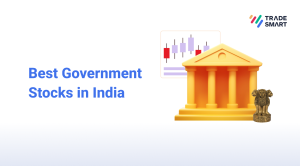
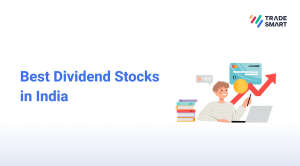

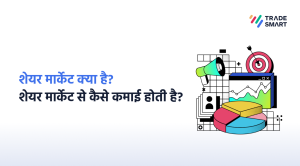
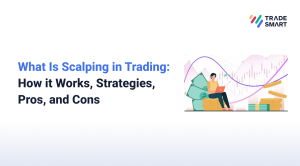
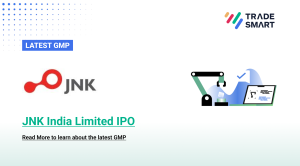

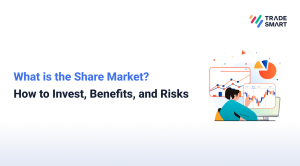

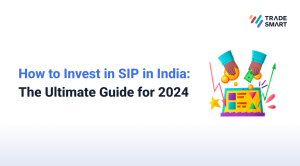
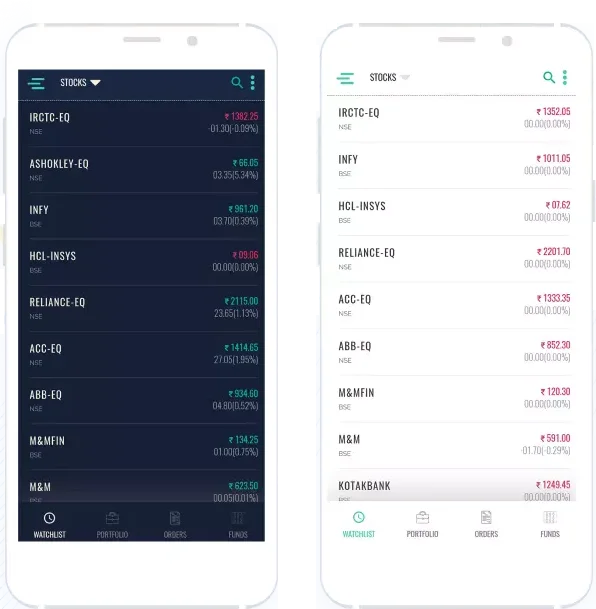
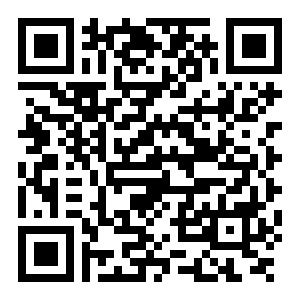
[…] Also Read: How can a beginner get started with Quantitative Trading? […]